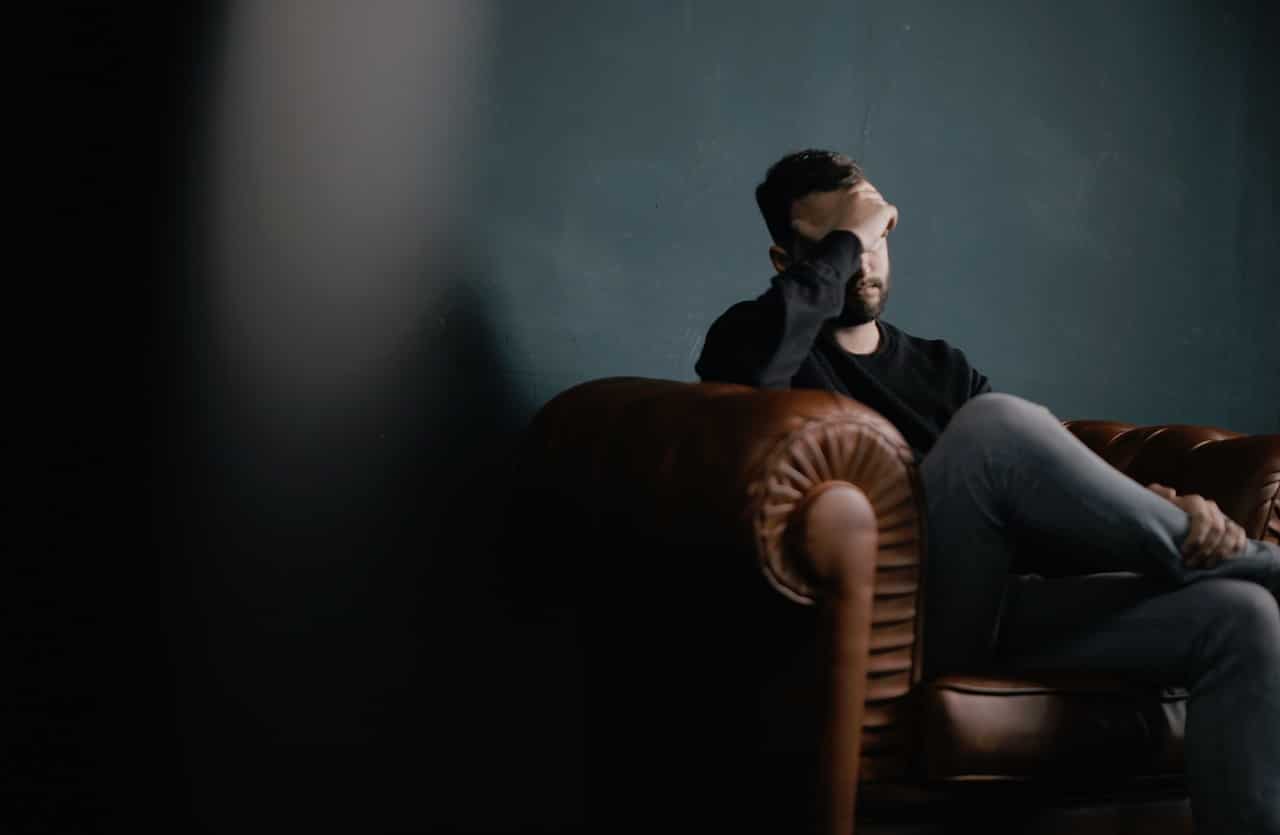If you’ve ever spent a miserable workday cradling your head at your desk, you know how bad headaches can get. Headaches are a common and frustrating condition that most people, especially office workers, deal with at some point. Many of us simply keep a bottle of ibuprofen at our desks or make more trips to the water cooler. But knowing the kind of headache you have can mean more effective treatment.
IMAGE: PEXELS
Understand The Type Of Headache You Have
Headaches can be dull and pounding, or sharp and vice-like. Note your symptoms, including anything notable happening before your headache, as many have specific triggers.
Tension Headaches
The most common type of headache, tension headaches are usually a continuous, dull kind of pain that may feel like a tight band around your head. They usually affect the entirety of your head, not just one point or side. Usually, these headaches are associated with muscle tension in your head and neck. The tension can be triggered by a large variety of things, such as:
- Stress
- Injury
- Alcohol consumption
- Caffeine overconsumption or withdrawal
- Eye strain
- Infections
Tension headaches don’t usually cause nausea or vomiting, but people may have trouble sleeping. The pain can last anywhere from 30 minutes to seven days, occurring once in a while or daily.
Migraines
Migraines can get quite serious, with nausea, vomiting, and sensitivity to light and sound being symptoms that can occur with the pain. Migraine pain can be described as throbbing or pounding and can be worse on one side of the head or behind the eye. They last for about six to 48 hours.
Some people experience migraine with aura. An aura can include blurry vision, eye pain, seeing stars, and tunnel vision. It often appears right before a migraine attack.
This type of headache can be triggered by things like:
- Stress and anxiety
- Loud noises, bright lights, and scents
- Hormone level changes due to the menstrual cycle or birth control
- Caffeine withdrawal or alcohol consumption
Experts believe migraines are caused by abnormal nerve activity in the brain. A true migraine is not associated with brain tumors or other serious medical conditions.
Cluster Headaches
A rarer type of headache, the pain of a cluster headache is typically sharp, steady, and on one side of the head in the eye area. The pain worsens within five to 10 minutes and lasts from 30 minutes to two hours. Co-occurring symptoms include a drooping eyelid, red eye, stuffy nose, and tears on the side of the pain.
Things that may trigger a cluster headache include:
- High Altitudes
- Heavy exertion during physical activity
- Heat or bright light, such as sunlight
- Alcohol, smoking, and cocaine
- Foods that contain high levels of nitrites, such as preserved meat
Science isn’t certain what causes cluster headaches, but they may result from the body’s sudden release of the chemicals histamine and serotonin in the trigeminal nerve, which is located in the face.
Ask Your Doctor About Treatment Options
At the end of the day, only your doctor can make a proper diagnosis of the type of headache you have, but the more information you share with them, the more accurate they can be with their diagnosis. Your doctor’s recommended treatment will depend on the type and severity of your headache.
Over-The-Counter Medications
Most people can find relief from a tension headache by popping one or two over-the-counter painkillers like ibuprofen.
However, if you choose over-the-counter painkillers, try not to take them more than three days a week, or you may experience rebound headaches. Before treating yourself, talk to your doctor if you take other medications or if you have other conditions; this will avoid harmful interactions.
Prescription Medications
If you get cluster headaches, you may be prescribed steroids like prednisone, which have an anti-inflammatory effect, or a drug like IMITREX®. If you get migraines, you may be prescribed beta blockers, seizure medicine, or antidepressants.
Some headache medications need to be taken daily. This can get expensive, but don’t deal with pain to save money! You can find some of the medications mentioned above at international or Canada pharmacy referral sites, where you can order substantially cheaper medications from licensed pharmacies outside the U.S.
Natural Therapies
Some patients find relief through alternative treatments like acupuncture, massage, and biofeedback. But these techniques may not work for everybody, and relief may simply come from placebo effects. However, the American Academy of Neurology and the American Headache Society do believe that butterbur is an effective treatment for headaches. Feverfew, magnesium, and riboflavin may also be effective.
Prevent Headaches
Things you can do to prevent headaches include:
- Avoiding triggers if you’ve identified them
- Avoiding alcohol, smoking, and recreational drugs
- Managing stress
- Maintaining a healthy lifestyle: sleeping adequately, exercising regularly, and eating well
When To Go To The ER
If your headache gets unbearable, or if you experience unusual or new symptoms, find emergency medical help. There may be a more serious condition at play. But mild headaches shouldn’t be ignored either, especially if you need to maintain alertness and productivity at work. Don’t be afraid to check in with your health-care provider today.
If you are interested in even more lifestyle-related articles and information from us here at Bit Rebels, then we have a lot to choose from.


COMMENTS